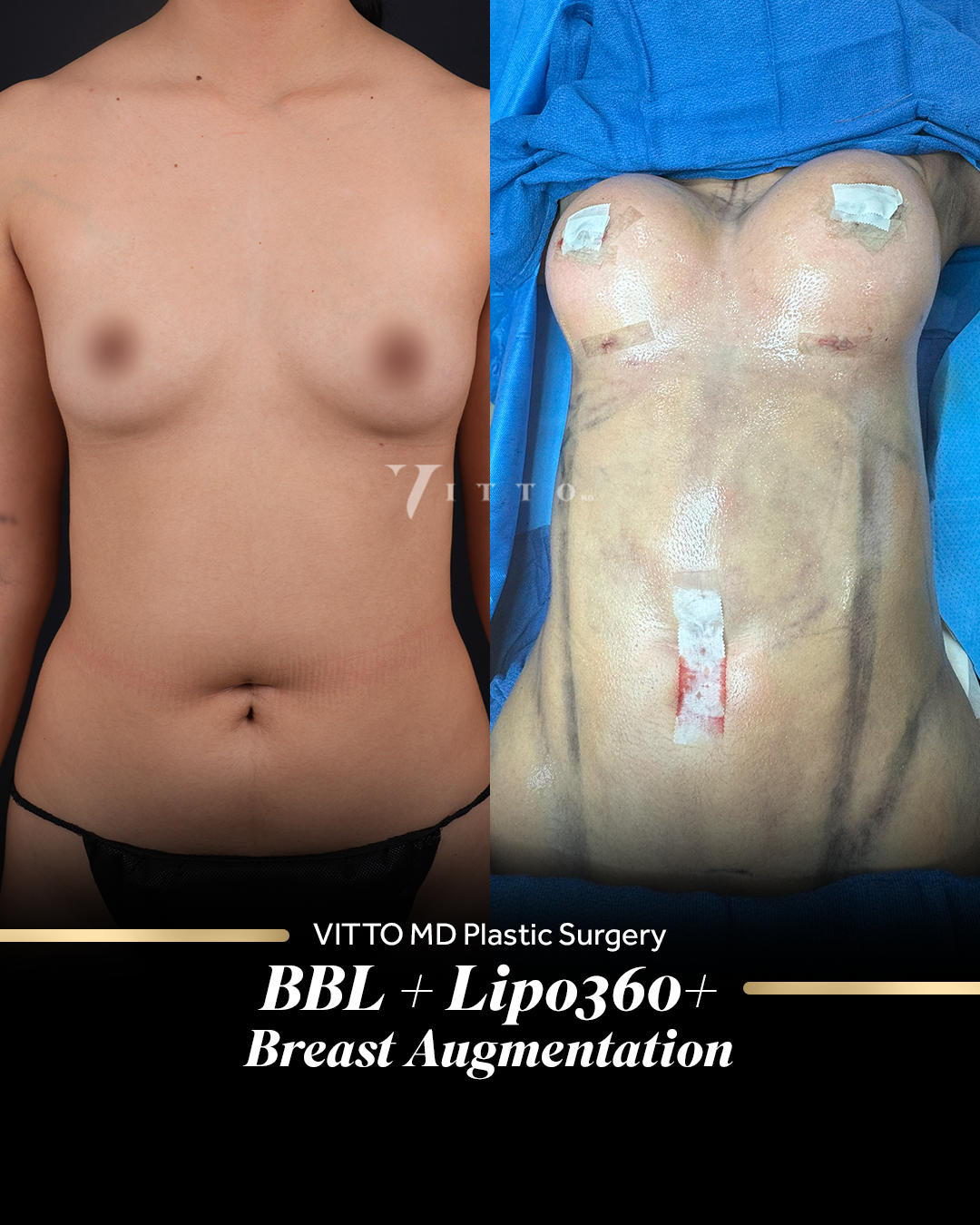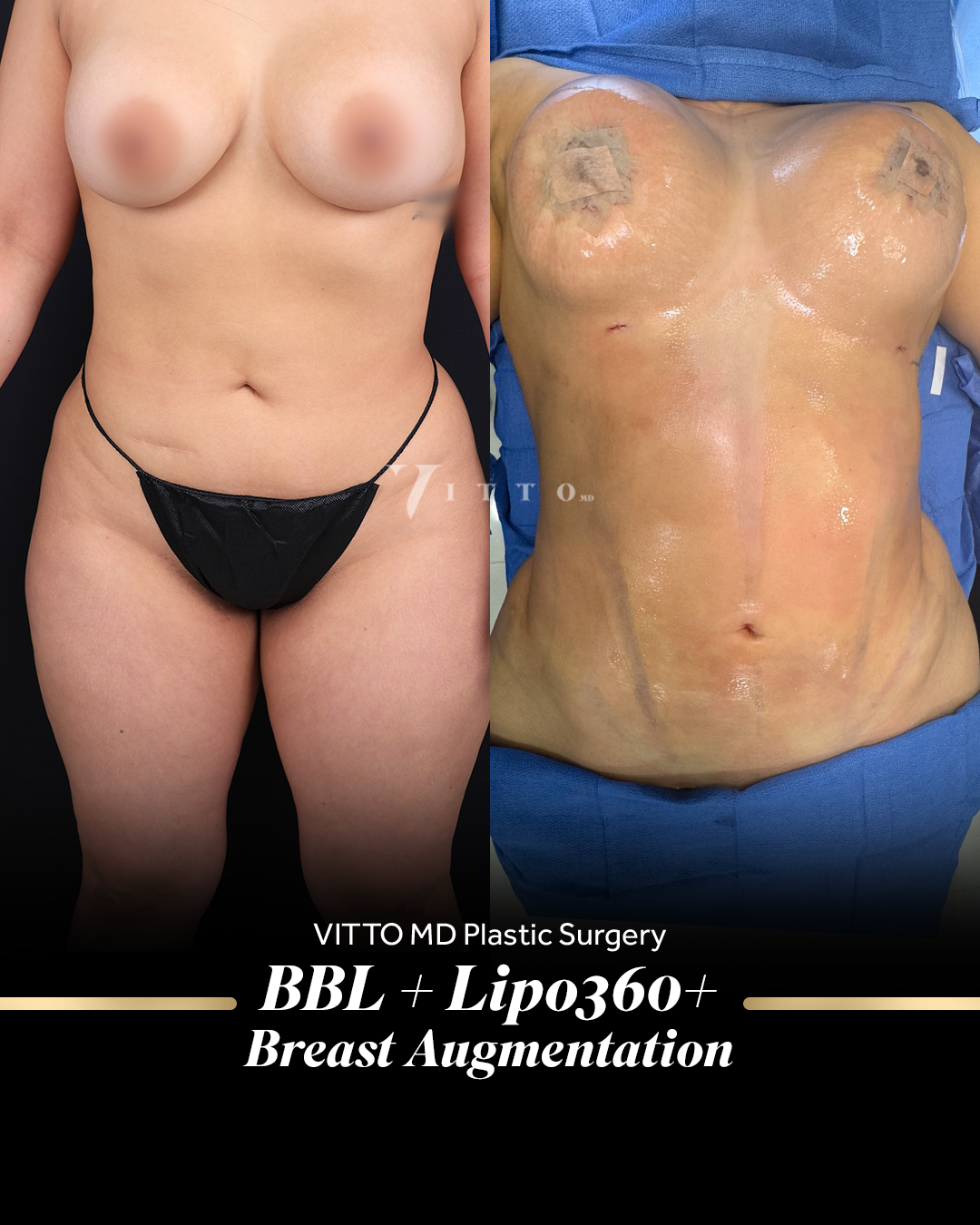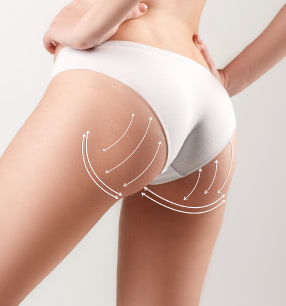Breast Augmentation
Breast augmentation is a popular cosmetic surgery that can help women achieve their desired breast size and shape.
The surgeon will also help the patient choose the appropriate implant size, shape, and texture to achieve their desired outcome.
Breast augmentation can be performed using several different incision techniques, including inframammary, periareolar, and transaxillary incisions. The type of incision used will depend on the patient’s individual anatomy, the type of implant being used, and the surgeon’s preferences. Over time, the breasts may change due to aging, weight fluctuations, and other factors. Regular check-ups with a plastic surgeon can help ensure the long-term success of the procedure.
Before And After








Frequently Asked Questions
What types of breast implants are available?
There are two main types of breast implants: saline and silicone. Saline implants are filled with sterile saltwater solution, while silicone implants are filled with a cohesive silicone gel.
How do I choose the right implant size?
Choosing the right implant size is a personal decision that should be made in consultation with your plastic surgeon. Factors such as your body shape, breast size and shape, and lifestyle should be taken into account when deciding on the best size for you.
What is the recovery time for breast augmentation?
Recovery time can vary depending on the individual and the specific surgical technique used. Generally, patients can return to work and normal activities within a week or two, but strenuous exercise should be avoided for several weeks.
What are the risks associated with breast augmentation?
Like any surgical procedure, breast augmentation carries risks such as bleeding, infection, and adverse reactions to anesthesia. Additionally, there are specific risks associated with breast implants, including capsular contracture, implant rupture, and changes in breast sensation.
Will breast implants interfere with breastfeeding?
Breast implants should not interfere with breastfeeding, but it is important to discuss any concerns with your plastic surgeon before undergoing the procedure.
How long do breast implants last?
Breast implants are not considered lifetime devices and may need to be replaced or removed at some point in the future. The lifespan of breast implants can vary depending on factors such as the type of implant and the individual patient’s body.
Will breast augmentation affect mammograms?
Breast implants may make mammograms more difficult to interpret, but specialized techniques can be used to obtain accurate results.
Can breast implants be removed if I change my mind?
Yes, breast implants can be removed or replaced if desired. However, additional surgery may be needed to achieve the desired outcome.
How long will the results of breast augmentation last?
The results of breast augmentation can be long-lasting, but natural aging and other factors can affect the appearance of the breasts over time.
How much does breast augmentation cost?
The cost of breast augmentation can vary depending on factors such as the surgeon’s fees, the type of implant used, and the geographic location of the surgery. It is important to discuss all costs with your plastic surgeon during your consultation.


